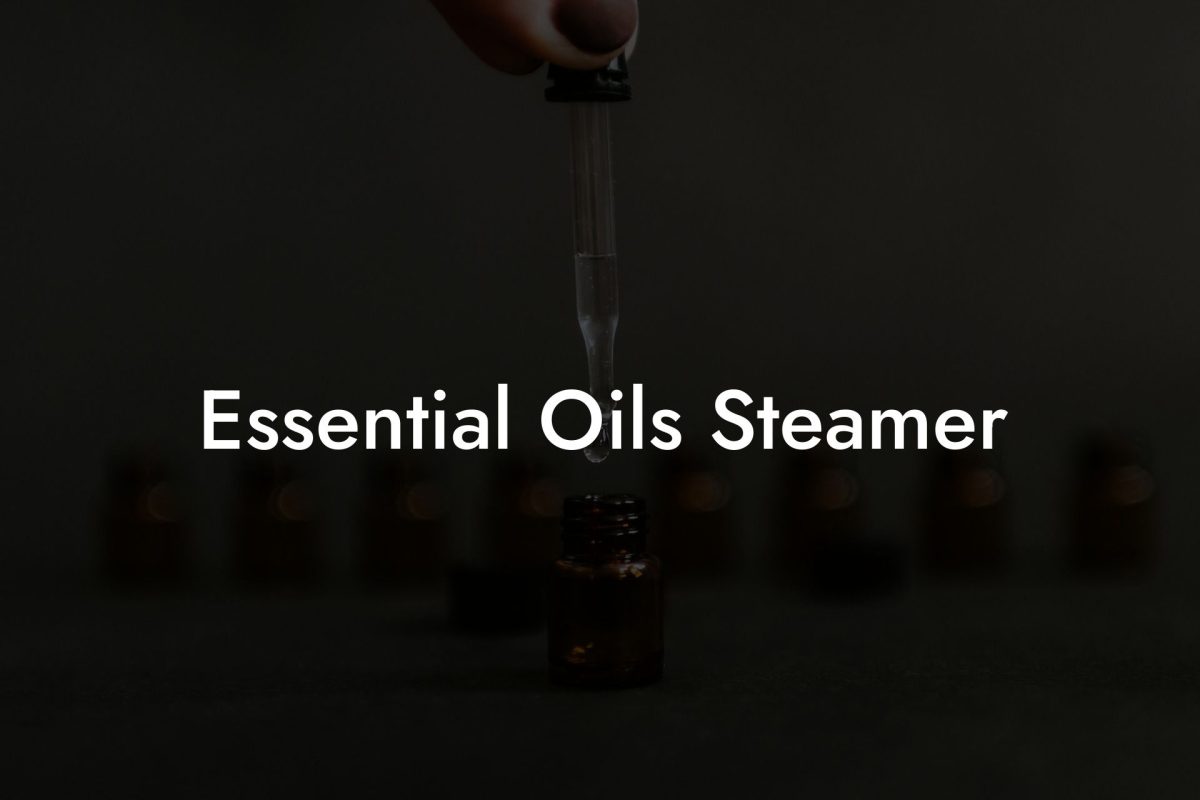Have you ever considered making your own perfume using essential oils? It’s not as difficult as it might sound, and it has the added benefit of being customizable and all-natural, thanks to the use of pure essential oils. Let’s dive into the world of homemade perfume, exploring the process and understanding the art behind creating your very own unique scent.
Table of Contents
Why Create Your Own Perfume?
There are several reasons to consider making your own perfume with essential oils:
- Personalization: Creating your own blend of essential oils allows you to tailor the scent to your preferences and even to your mood. You have complete control over the fragrance and can experiment with different combinations to find the perfect aroma for you.
- Chemical-free: Many store-bought perfumes are filled with synthetic fragrances that can cause allergic reactions or irritation to sensitive skin. By using essential oils, you can create a perfume that is free from these chemicals and is much less likely to cause any adverse reactions.
- Aromatherapy benefits: Essential oils not only smell great, but they also have various benefits for your emotional and mental wellbeing. By choosing specific oils for your perfume, you can harness their therapeutic properties and enjoy the aromatherapy benefits they provide.
Understanding the Perfume Pyramid
To create a balanced and harmonious perfume blend, it’s important to understand the concept of the perfume pyramid. The perfume pyramid is divided into three main categories:
- Top notes: These are the first scents you notice when you apply a perfume and are usually light and refreshing. Top notes evaporate quickly, typically lasting 5-30 minutes. Examples of top notes include citrus oils like lemon, bergamot, and lime.
- Heart (middle) notes: These are the main body of the perfume and develop after the top notes have evaporated. Heart notes are generally richer and more well-rounded, typically lasting several hours. Examples include floral oils like rose, lavender, and jasmine.
- Base notes: These are the scents that linger the longest and provide depth and longevity to the perfume. Base notes can take hours or even days to fully emerge. Examples include woody and earthy oils like sandalwood, cedarwood, and patchouli.
Select Your Essential Oils
Once you have an understanding of the perfume pyramid, the next step is to choose the essential oils for your perfume. Consider the following when making your choices:
- Scents you enjoy: Start by thinking about the types of scents that you are drawn to. This will help you narrow down your selection of essential oils.
- Aromatherapy benefits: As mentioned earlier, consider the therapeutic properties of each essential oil when making your choices. For example, if you want to create a calming perfume, you might choose oils like lavender and chamomile, which are known for their soothing properties.
- Compatibility: Some essential oils blend well together, while others may clash. Research oil combinations or consult an aromatherapist for advice on selecting oils that work well together.
Creating Your Perfume Blend
Once you have chosen your essential oils, it’s time to blend them together. To create your perfume, you will need the following:
- A dark glass bottle or roller bottle
- A carrier oil or unscented alcohol (e.g., vodka or witch hazel)
- Your selected essential oils
Follow these steps to create your perfume:
- Start by adding your base notes to the bottle. Use approximately 20% of the total essential oil content for the base notes.
- Add your heart notes, using about 50% of the total essential oil content for the heart notes.
- Finally, add your top notes, using the remaining 30% of the total essential oil content for the top notes.
- Fill the rest of the bottle with your carrier oil or alcohol. Close the bottle tightly and shake well to mix the oils.
- Allow the perfume to sit for at least 24 hours, or up to several weeks, to allow the scents to meld together and mature.
How To Make Homemade Perfume With Essential Oils Example:
For a calming and floral perfume blend, you might choose the following essential oils:
- Top notes: 3 drops of bergamot
- Heart notes: 5 drops of lavender, 5 drops of chamomile
- Base notes: 2 drops of sandalwood, 2 drops of vetiver
Combine these essential oils in a 10 ml dark glass roller bottle and fill the remainder of the bottle with a carrier oil like jojoba or fractionated coconut oil. Shake well to combine and let sit for at least 24 hours before using.
Now that you know how to make your own homemade perfume with essential oils, the possibilities are endless when it comes to creating your unique signature scent that perfectly represents you. Don’t be afraid to experiment and try new combinations until you find the perfect blend for you. If you enjoyed this guide, please share it with your friends and encourage them to explore the world of essential oils with Oshu Oils. To learn more about essential oils and their aromacology benefits, be sure to check out our other guides and explore our range of Oshu Oils artisan essential earth oils. Happy blending!





















